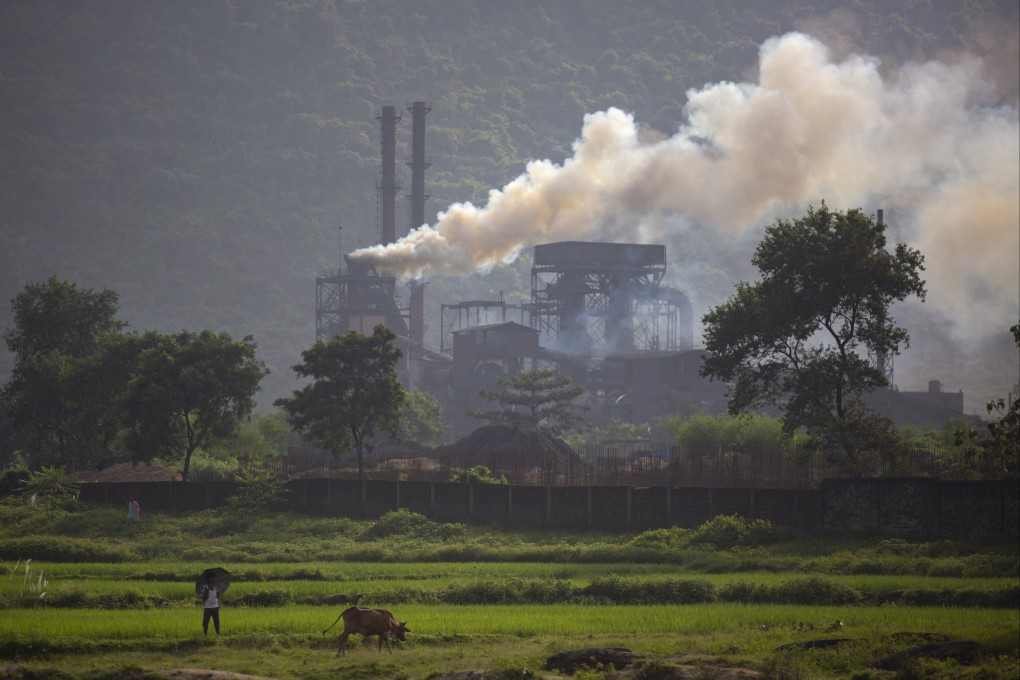Advertisement
The View | COP27: global climate change progress too slow to stop disastrous temperature rise
- While some countries have made aggressive climate change pledges and taken action to live up to them, others are lagging behind or even going backwards
- Climate finance, adaptation strategies, mitigation and compensation are all likely to be on the table at the UN climate change conference in Egypt
Reading Time:3 minutes
Why you can trust SCMP
2

With the latest UN climate summit fast approaching, climate goals of different countries take centre stage. Many countries have made aggressive climate goals, but how far have these nations progressed in terms of action? Are they in line to achieve their goals?
Advertisement
Some of the inaction might be because of Russia’s invasion of Ukraine and the ensuing energy crisis, making nations rush for fossil fuels. But there is positive news with rising investment in renewable energy sources and increasing sales of electric vehicles. The crisis is speeding up the clean energy transition.
In 2013, China was filled with smog and pollution and presented a very gloomy picture to the rest of the world. The air quality index was 993 in certain neighbourhoods, and living in Beijing became dangerous.
Seeing these images alongside the data was scary. After the 2015 Paris climate agreement, China set up aggressive targets and has shown rapid growth in clean energy technology in the last 10 years. It has put itself on top as the global marketer for clean alternatives.
China has transformed itself into a world leader in manufacturing solar panels, batteries and electric vehicles. It has become a climate leader and intends to reach peak carbon emissions by 2030 and net zero emissions by 2060.
Advertisement
What is not working for China is that it burns large amounts of coal. Meanwhile, cooperation with the United States on climate change could be difficult because of a loss of trust. Cheap labour, development in heavy industries such as steel and cement and growing the economy have had a huge impact on increasing carbon emissions in China.

Advertisement
